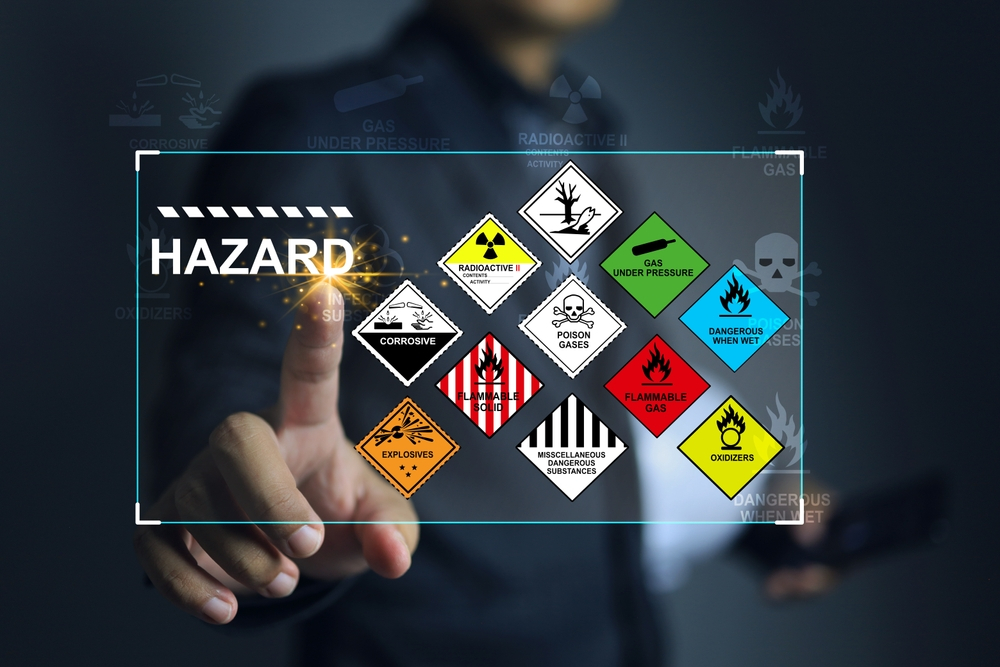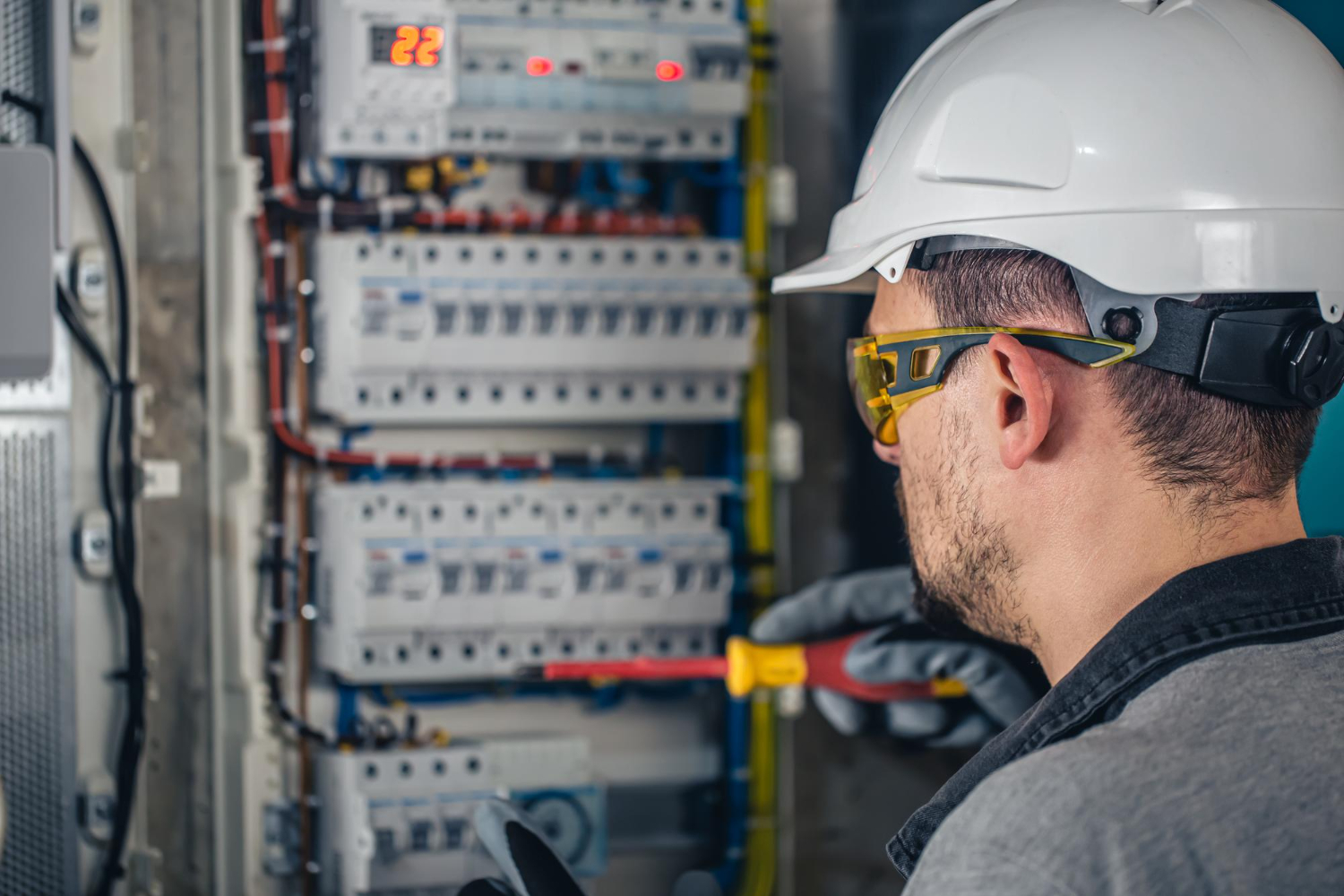About Roar Solutions
About Roar Solutions
Blog Article
Roar Solutions for Beginners
Table of ContentsSome Known Incorrect Statements About Roar Solutions Some Ideas on Roar Solutions You Need To KnowRoar Solutions Fundamentals Explained
In such an environment a fire or surge is possible when 3 basic conditions are met. This is typically referred to as the "hazardous location" or "combustion" triangular. In order to protect installations from a potential surge an approach of evaluating and categorizing a possibly unsafe location is required. The function of this is to ensure the proper choice and installation of devices to eventually stop a surge and to make certain safety and security of life.
(https://forums.hostsearch.com/member.php?272308-roarsolutions)
No devices should be installed where the surface area temperature of the tools is higher than the ignition temperature of the offered risk. Below are some common dirt hazardous and their minimal ignition temperature level. Coal Dust 380C 225C Polythene 420C (thaws) Methyl Cellulose 420C 320C Starch 460C 435C Flour 490C 340C Sugar 490C 460C Grain Dust 510C 300C Phenolic Resin 530C > 450C Aluminium 590C > 450C PVC 700C > 450C Soot 810C 570C The chance of the risk existing in a concentration high sufficient to cause an ignition will differ from place to area.
In order to categorize this danger an installation is separated right into locations of threat depending upon the quantity of time the dangerous is present. These locations are referred to as Zones. For gases and vapours and dusts and fibres there are three zones. Area 0 Zone 20 An unsafe ambience is highly most likely to be present and may exist for long durations of time (> 1000 hours per year) or perhaps constantly Zone 1 Zone 21 A hazardous atmosphere is possible yet unlikely to be existing for extended periods of time (> 10 450 C [842 F] A category of T6 implies the minimum ignition temperature is > 85 C [185 F] Dangerous location electric equipment maybe created for use in higher ambient temperatures. This would certainly suggested on the score plate e.g. EExe II C T3 Ta + 60C( This implies at 60C ambient T3 will certainly not be gone beyond) T1 T1, T2, T3, T4, T5, T6 T2 T2, T3, T4, T5, T6 T3 T3, T4, T5, T6 T4 T4, T5, T6 T5 T5, T6 T6 T6 A T Course rating of T1 suggests the optimum surface temperature level created by the tool at 40 C is 450 C. Assuming the linked T Class and Temperature score for the equipment are proper for the location, you can constantly use a tool with a much more rigorous Division rating than needed for the location. There isn't a clear solution to this question regrettably. It really does depend on the type of tools and what repairs require to be accomplished. Tools with certain test treatments that can't be executed in the area in order to achieve/maintain 3rd party ranking. Should come back to the factory if it is prior to the equipment's solution. Area Fixing By Authorised Employee: Difficult screening might not be needed nevertheless particular treatments may require to be followed in order for the equipment to keep its 3rd party score. Authorised workers should be utilized to execute the work properly Repair have to be a like for like replacement. New component need to be considered as a straight replacement calling for no special screening of the tools after the repair is total. Each tool with a hazardous ranking should be evaluated individually. These are laid out at a high level below, however for more thorough details, please refer straight to the guidelines.
Roar Solutions Things To Know Before You Buy
The tools register is a detailed database of tools documents that consists of a minimum collection of fields to identify each thing's location, technological specifications, Ex category, age, and ecological information. The proportion of Detailed to Shut inspections will be figured out by the Devices Risk, which is evaluated based on ignition threat (the probability of a source of ignition versus the chance of a combustible ambience )and the dangerous location category
( Zone 0Area 1, or 2). Executing a robust Risk-Based Assessment( RBI )approach is critical for making certain compliance and safety in managing Electric Devices in Hazardous Areas( EEHA).
The Definitive Guide to Roar Solutions

In terms of eruptive threat, a dangerous area is an atmosphere in which top article an explosive atmosphere is existing (or might be expected to be existing) in quantities that require unique preventative measures for the construction, setup and use of devices. eeha training. In this post we check out the challenges dealt with in the workplace, the threat control measures, and the required proficiencies to function safely
It issues of modern-day life that we produce, store or deal with a range of gases or liquids that are regarded combustible, and a variety of dirts that are deemed flammable. These substances can, in specific problems, form eruptive ambiences and these can have major and terrible effects. Many of us recognize with the fire triangular eliminate any among the 3 aspects and the fire can not happen, however what does this mean in the context of unsafe areas? When breaking this down right into its easiest terms it is basically: a mix of a specific quantity of launch or leakage of a particular compound or material, blending with ambient oxygen, and the presence of a resource of ignition.
In many circumstances, we can do little regarding the degrees of oxygen airborne, yet we can have significant influence on resources of ignition, for instance electric tools. Hazardous locations are documented on the harmful location category drawing and are identified on-site by the triangular "EX-SPOUSE" sign. Here, among other essential info, zones are divided right into 3 types depending on the threat, the possibility and period that an explosive atmosphere will exist; Area 0 or 20 is deemed one of the most hazardous and Area 2 or 22 is deemed the least.
Report this page